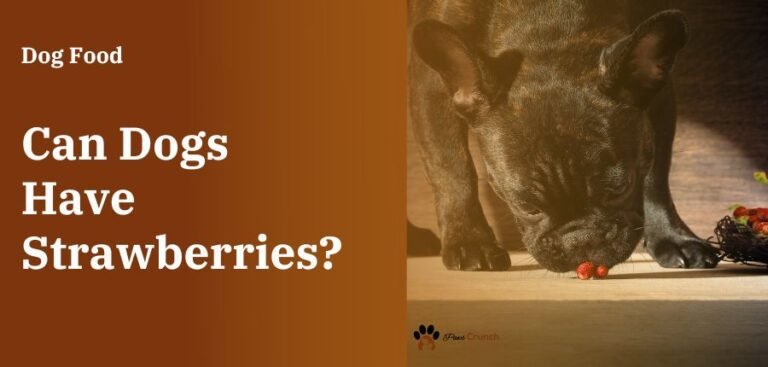How Much Food To Feed My Dog?
Your dog requires the right diet if you want to keep him healthy, happy, and active. In addition to gaining weight, dogs can develop health problems if they are fed too much.
So, the main goal as a pet owner is to provide your dog with adequate nutrition without overdoing it. But with so many dog food options and formulas available, you will definitely ask how much food to feed my dog.
In short, smaller dogs like toys and small breeds need 1/4 to 1 2/3 cups of food daily. Larger dogs, including medium, large, and giant breeds, need 1 2/3 cups to over 4 cups, depending on their weight.
However, the ideal daily food amount for your dog depends on their unique age, breed size, activity level, and health. Use calorie calculations based on these factors to determine the perfect portion size tailored to your dog’s needs.
In this comprehensive article, I provide a step-by-step guide to customizing your dog’s food intake according to their specific profile.
How Much Food To Feed My Dog – Key Factors

Your dog’s ideal amount of food is determined by four main factors. When planning their diet, keep these things in mind.
Age
The nutritional requirements of dogs vary depending on their stage of life. The food intake for a puppy will be very different from that of an adult or senior dog.
Puppies (under 1 year)
- Have high energy and growth requirements
- In comparison to adult dogs, puppies require 2-4 times more calories per pound
- Should be fed at least 3-4 smaller meals a day until 12 weeks old. From 3-6 months, can transition to 2-3 meals.
- Require balanced nutrition with high protein, fat, and calcium
- Prone to gastrointestinal issues if overfed
Adult Dogs (1-7 years)
- Reach their optimal calorie needs between 1-2 years old
- Can be fed 1-2 measured meals per day
- Require adequate protein, fat, vitamins, and minerals
- Are at risk of obesity if overfed
Senior Dogs (above 7 years)
- Tend to be less active
- Have a slower metabolism, thus requiring fewer calories
- Prone to weight gain, so need portion control
- Should be fed 2-3 smaller meals spaced throughout the day
- Require reduced fat and higher fiber
- Need joint support supplements
Breed Size
A large breed dog requires more food than a small breed dog. See general guidelines below:
| Dog Size | Average Weight Range | Suggested Daily Food Amount* |
| Toy | 2 – 10 lbs | 1/4 to 1 cup |
| Small | 10 – 25 lbs | 1 – 1 2/3 cups |
| Medium | 25 – 50 lbs | 1 2/3 – 2 2/3 cups |
| Large | 50 – 90 lbs | 2 2/3 – 4 cups |
| Giant breed | Over 90 lbs | Over 4 cups |
Remember that actual required amounts vary based on activity, health, and other factors.
- Toy breeds like Chihuahuas have low calorie needs
- Medium breeds such as Beagles need moderate food intake
- Large dogs like German Shepherds require greater quantities
- Giant breeds, including Great Danes, can eat up to 8 cups per day
Activity Level
Dogs who get more rigorous daily exercise require higher calorie intake compared to couch potatoes!
- Sedentary dogs with minimal activity may only need RER x 1.2
- Moderately active dogs who get 30-60 min walks daily need RER x 1.4
- Highly active dogs like sled dogs or herders who get over 2 hours of daily exercise need RER x 1.8-2.0
Health Condition
Any medical condition can alter your dog’s nutritional needs.
- Overweight or obese dogs should eat 10-20% less than ideal weight dogs
- Dogs with diabetes, kidney disease, pancreatitis, etc. need specialized therapeutic diets
- Pregnant and nursing dogs require tailored nutrition with more protein, fat, and calories
- Puppies with diarrhea may need bland diets temporarily
Now that you understand the key components affecting diet let’s see how to calculate the amount.
How to Calculate Your Dog’s Food Intake?


Here is a step-by-step guide to determining the ideal food quantity tailored for your furry friend:
Step 1: Identify Your Dog’s Optimal Weight
A veterinarian can help you determine the ideal weight for your dog based on their breed, age, and health. Obtain their ideal weight in kgs.
Step 2: Calculate Resting Energy Requirement (Rer)
Use this formula:
RER = 70 x (ideal body weight in kg)^0.75
So, for a dog with an ideal weight of 20 kg,
RER = 70 x (20)^0.75 = 900 calories per day
This provides their basic minimum energy requirement.
Step 3: Factor In Your Dog’s Activity Level
Multiply the RER based on your dog’s lifestyle:
- Sedentary: RER x 1.2
- Moderate activity: RER x 1.4
- Active: RER x 1.6
- Highly active: RER x 1.8-2.0
For example, if the RER is 900 calories:
- Sedentary dog: 900 x 1.2 = 1080 calories/day
- Moderately active: 900 x 1.4 = 1260 calories/day
- Active dog: 900 x 1.8 = 1620 calories/day
This gives your dog’s recommended calorie intake.
Step 4: Consult Your Dog Food Label
Check the caloric content per kg or cup of your dog’s regular food.
For example, if the dog food contains 345 calories per cup:
Step 5: Divide Daily Calorie Needs By Food’s Calories
Daily calories needed ÷ Calories per cup of food = Ideal daily food amount
For the moderately active dog needing 1260 calories/day,
1260/345 = 3.7 cups per day
And for the active dog needing 1620 calories,
1620/345 = 4.7 cups per day
This gives you the perfect food quantity tailored for your pup!
Let’s look at a detailed sample calculation:
For an active adult Labrador with an ideal weight of 28 kg,
RER = 70 x (28)^0.75 = 1176 calories
Calorie need for active dog = RER x 1.8 = 2117 calories/day
If the dog food contains 325 calories per cup:
Daily amount = 2117/325 = 6.5 cups per day
So, this Labrador needs about 6.5 cups daily.
Using this method, you can calculate the ideal food intake for your dog based on their unique profile. Consult your vet if you are unsure.
Feeding Tips
Once you’ve determined the total daily food amount, use these tips to plan meals:
- Divide into 2-3 meals spread throughout the day. Avoid one large meal.
- Stick to a consistent feeding schedule close to the same times daily.
- For puppies, split meals across 3-4 times per day for better digestion.
- Keep food and water bowls in separate areas, ideally a few feet apart.
- When changing foods, mix in the new food gradually over 4-7 days to ease the transition.
- Avoid overfeeding treats, chews, and table scraps. Only give small, measured treats occasionally.
- Weigh your dog weekly and adjust the food amount if they lose or gain weight.
- For puppies and large breeds under 1 year old, check weight 2-3 times per week.
- Cater to your dog’s tastes and appetite when choosing commercial or home cooked foods.
Conclusion
Determining the ideal food amount for your dog requires taking into account their unique profile – including breed size, age, activity level, and health. Use the step-by-step guidelines provided to calculate your dog’s needs. Stick to consistent, evenly spaced out meals. Weigh your dog weekly and adjust portions to maintain optimal weight. Consulting your vet can help create the perfect tailored diet to keep your canine companion healthy and thriving.
FAQs
How Much Should I Feed My Dog If It’s Pregnant?
During pregnancy, feed a pregnant dog about 10-30% more than usual, depending on her size. After birth, increase portions by about 25% while nursing to support milk production.
How Much Should I Feed My Dog If It’s Lactating?
While nursing, feed the lactating mother about 25% more than usual to support milk production. Gradually decrease extra feedings over 3-4 weeks after puppies are weaned.
How Much Should I Feed My Dog If It’s Underweight?
For underweight dogs, slowly increase portions by 10-15% each week until your dog reaches a healthy weight. Monitor weight gain weekly with your vet. Patience is needed for safe weight gain.




